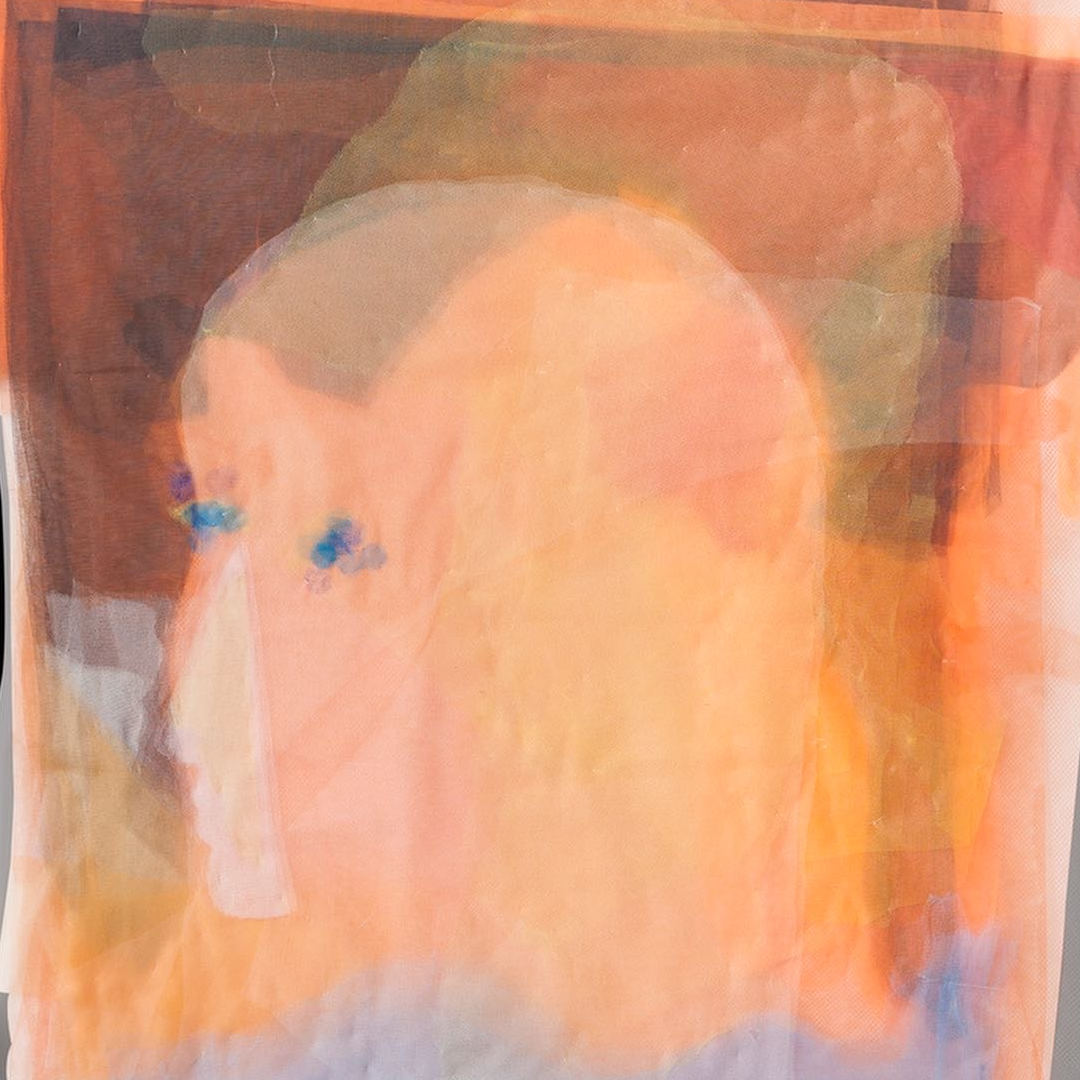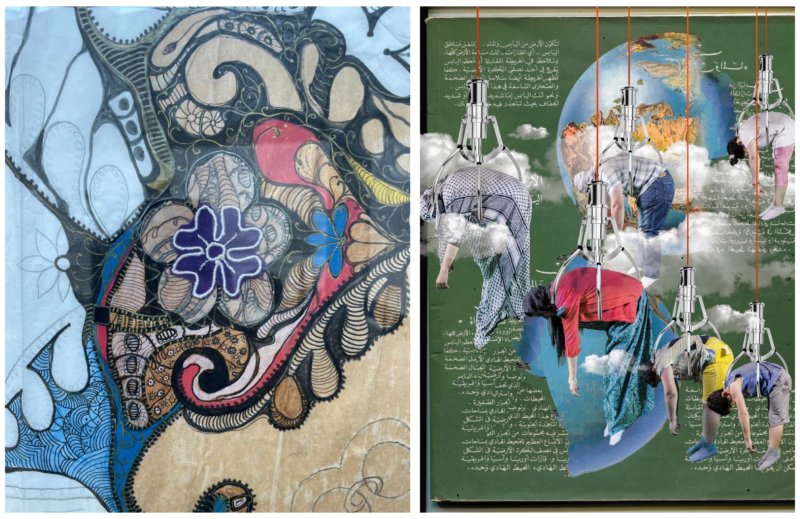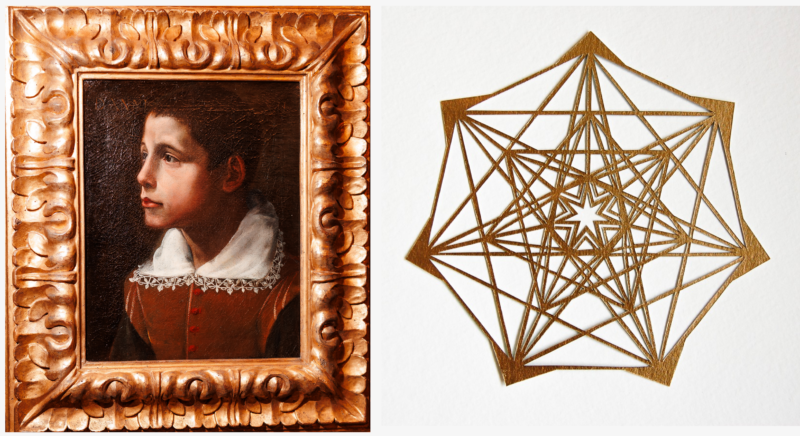
Alejandra Castro Rioseco, the founder of the MIA Collection and a philanthropist, helps women artists gain visibility and succeed in the art world.
Fine Art Shippers interviewed her about her reasons for creating a collection dedicated to women artists, the challenges they face today, and ways to support them.
The MIA Collection: Bringing Female Artists into the Spotlight
With a background in civil engineering, what inspired you to engage in philanthropy?
Alejandra Castro Rioseco: I am a civil engineer by profession, but I have always been interested in social issues. Philanthropy isn’t a profession but rather a way of life. Educated and working in South America, a region with stark inequalities and a virtually inexistent middle class, I grew curious about the causes of these disparities. This shaped my desire to contribute to society.
Philanthropy is often perceived as the domain of the wealthy who help others, but it is actually accessible to anyone. It is not just about financial support but also any activity or effort that helps improve people’s lives.
Absolutely, I totally agree. Now, how did you start your collection? How large is it today?
I never formally studied art. I began collecting somewhat accidentally about 20 years ago when I started acquiring art for my home. Gradually, it led me to become interested in wider social issues reflected in art, beyond pure aesthetics.
From the beginning, as a feminist, I made a point of purchasing pieces from female artists whenever possible. However, it was not an art collection back then, but rather a series of unconnected pieces of art. During this time, I came to know Pablo León de la Barra, a curator at the Guggenheim Museum’s Acquisition Department. He encouraged me to consider starting my own art collection.
Inspired by our discussions, I researched various existing collections and realized that there was a lack of those dedicated exclusively to female artists. So, I decided to establish the MIA Art Collection, which now contains more than 900 works by women artists from various countries. These include sculptures, paintings, drawings, and video art.
You also created the MIA Foundation. What are its purpose and mission?
The MIA Foundation emerged from the MIA Collection with the goal of increasing visibility for women artists. Women possess equal, if not superior, talent to men, and yet they are often overlooked by museums, galleries, and the market. The main issue facing female artists is visibility. Today, they constitute no more than 20% of the representation in museums worldwide. My efforts extend beyond advocating for equality in the art world; they are about acknowledging female artists as professionals on par with those in any other field, such as doctors or engineers.
How do you select and curate pieces for The MIA Collection?
In the beginning, I curated the MIA Collection myself, but I soon realized the importance of having professionals to ensure the quality of the collection. So, I assembled an international curatorial team with specialists from Asia, Europe, South America, and the Middle East. This diversity helps us manage the vast number of portfolios we receive from artists and galleries worldwide, thereby enhancing the collection’s global reputation.
Over time, the nature of my acquisitions has evolved. Initially, I purchased many pieces simply to establish the collection, but now, each new addition must offer a unique perspective. Moreover, we aim to include artists from diverse countries. For instance, if we have many pieces from Argentina but none from Kazakhstan, we might choose to add a work by a Kazakhstani artist to ensure balance.
You live between Dubai, Europe, and New York. Where is your collection located?
The MIA Collection is based in Dubai, where I live. The location choice was purely personal. However, having the collection here also offers financial benefits, as there are no taxes for art collectors. This is an important factor for the MIA Collection, which operates as a non-profit, and enables me to lend pieces to museums and organize exhibitions. Each year, I do three to four exhibitions worldwide.
Could you also tell us about another initiative of yours, The MIA Virtual Museum?
During the pandemic, as institutions closed and artists struggled without work, I received many messages from distressed artists in my network. To help, my team and I created a virtual museum to showcase the MIA Collection and provided virtual exhibition rooms for artists to display and sell their work. This initiative proved to be a successful way to maintain the connection between artists and collectors. The virtual museum allowed artists from various countries to participate in professionally curated exhibitions at no charge, helping them to continue selling their work during the pandemic.
Looking towards the future, what new projects are you planning to undertake in the coming years?
I’m not a good planner, but one thing I know for sure is that I’m interested in expanding my collection. However, I don’t have a pre-established plan for that. I prefer to keep my collection manageable and focus on meaningful exhibitions that allow women artists to gain more visibility and recognition. As for upcoming events, I am currently organizing a large exhibition in Saudi Arabia, which is scheduled to take place next year.
Interview by Inna Logunova
Photo courtesy of Alejandra Castro Rioseco


